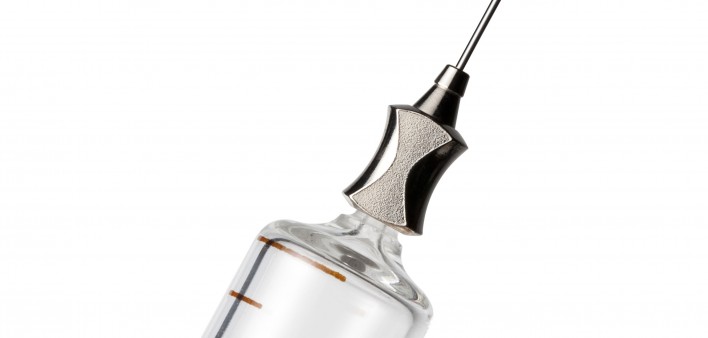An even partially effective HIV vaccine could be the linchpin that ultimately sends the global pandemic into retreat, compensating for the shortcomings of the treatment-as-prevention (TasP) approach. Currently, an estimated 37 million people are living with HIV worldwide.
Publishing their findings in Proceedings of the National Academy of Sciences, researchers developed a mathematical model to project the benefit to new infection rates of a partially effective HIV vaccine in 127 countries encompassing 99 percent of people living with HIV, also taking into account the effects of an increase in rates of diagnosis, treatment and viral suppression.
An increasing body of research suggests that people with HIV who are on antiretrovirals (ARVs) and have a fully suppressed viral load are at an extremely low risk of transmitting the virus, even through condomless intercourse; the risk may in fact be zero.
In 2013, the Joint United Nations Programme on HIV/AIDS (UNAIDS) called upon nations around the world to get 90 percent of their HIV population diagnosed, 90 percent of that group on ARVs, and 90 percent of that group virally suppressed by 2020. This goal, known as the 90-90-90 target, would mean that 73 percent of a nation’s HIV population would have a fully suppressed virus.
The following year, UNAIDS made a further call for nations to achieve a 95-95-95 target by 2030.
Currently, the global equivalent of the target is an estimated 53-75-77, meaning that just 31 percent of the world’s HIV population is on successful ARV treatment. The corresponding figures range widely among nations. Australia, which has a relatively small HIV population, has the highest, at 90-99-93. The United States, according to the paper, is 50th, at 87-52-82. (This puts the U.S. viral suppression rate at only 37 percent; although more recent evidence suggests that this rate is likely improving.)
Wide variations in the UNAIDS target figures can even occur between neighboring countries. In Botswana, where 22 percent of the overall population has HIV, the figures are an impressive 80-97-90. While South Africa, with a 19 percent HIV prevalence, has hit only 57-84-71.
By the researchers’ estimates, under the current levels of HIV diagnosis and treatment, 49 million people would contract the virus worldwide between 2015 and 2035. Hitting the 95-95-95 target by 2030 would avert an estimated 25 million of these new infections. If starting in 2020, a vaccine with a 50 percent efficacy (meaning it could cut in half the risk of contracting the virus) were gradually scaled up to cover 70 percent of the population, this would avert an additional 6.3 million new infections.
The study authors expressed concern that the UNAIDS targets “may be more aspirational than practical.” Thus, other solutions are needed to prevent further spread of the virus and bring the epidemic under control.
The study did not address the potential benefit of Truvada (tenofovir disoproxil fumarate/emtricitabine) as pre-exposure prophylaxis (PrEP) against HIV.
To read a press release about the study, click here.
To read the study abstract, click here.







Comments
Comments